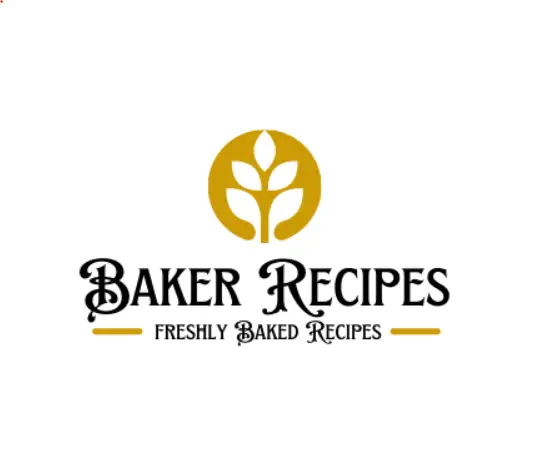The best delicious Bread Making Basics #2 recipe with easy-to-follow step-by-step instructions that are straightforward and foolproof. Try this Bread Making Basics #2 recipe today!
Hello my friends, this Bread Making Basics #2 recipe will not disappoint, I promise! Made with simple ingredients, our Bread Making Basics #2 is amazingly delicious, and addictive, everyone will be asking for more Bread Making Basics #2.
What Makes This Bread Making Basics #2 Recipe Better?
The answer is simple, Simplicity, Foolproof, Straightforward, and Tested. Yes, all recipes have been tested before posting including this Bread Making Basics #2.
Ready to make this Bread Making Basics #2 Recipe? Let’s do it!
Oh, before I forget…If you’re looking for recipes that are simple to follow, then we’ve got your back. With over 55,000 recipes in our database, we’ve got the best recipes you’re craving for.
These notes are condensed from ‘Beard on Bread’ by James Beard, 1974,
Alfred A. Knopf, NY
Leavening:
Active dry yeast is commonly available in packets containing
approx. 1 tablespoon, and in larger containers. Yeast generally
comes marked with an expiration date, but in bulk quantities may not
be dated and should be “proofed” before using. Dry yeast should be
dissolved in a liquid at a temperature of 100 to 115 F. This limit
should be strictly observed and the first few times you make bread
you should measure the temperature of the liquid and note how it
feels on your wrist. After that you can guage the temperature
accurately enough just by feel.
There is a method of just mixing the yeast with other dry
ingredients and then adding the liquid. A lot of people like this
method because it is faster, but I prefer the old-fashioned way;
perhaps the dough rises faster, but at the expense of the final
flavor it seems to me.
For yeast to become activated it must have something to feed on,
sugar in one form or another is generally used for this purpose; not
just as flavoring in the bread. Salt is used to slow the action of
the yeast, as well as bring out the other flavors in the bread.
Sourdough and salt-rising starters are ‘homemade’ leavening
agents, and can be unpredictable. You can get better results if you
use yeast as well, and your bread will be lighter and have more
flavor.
Baking powder is another leavening agent and is included in many
fruit or vegetable breads such as banana or zucchini bread. Baking
soda is often used to counteract the acid in fruit breads, and is
used with yeast to sweeten the batter in recipes like English
crumpets.
The time required for the rising of the dough will vary greatly
depending on such factors as temperature and humidity of the day, the
character of the yeast and flour, and the kneading.
To proof yeast: pour the yeast into the warm liquid and add the
sugar, stir well and set aside. After a few minutes the fermentation
of the yeast will become apparent as the mixture swells and small
bubbles appear on the surface. A characteristic aroma will also be
apparent.
Yields
1 info


Leave a Reply